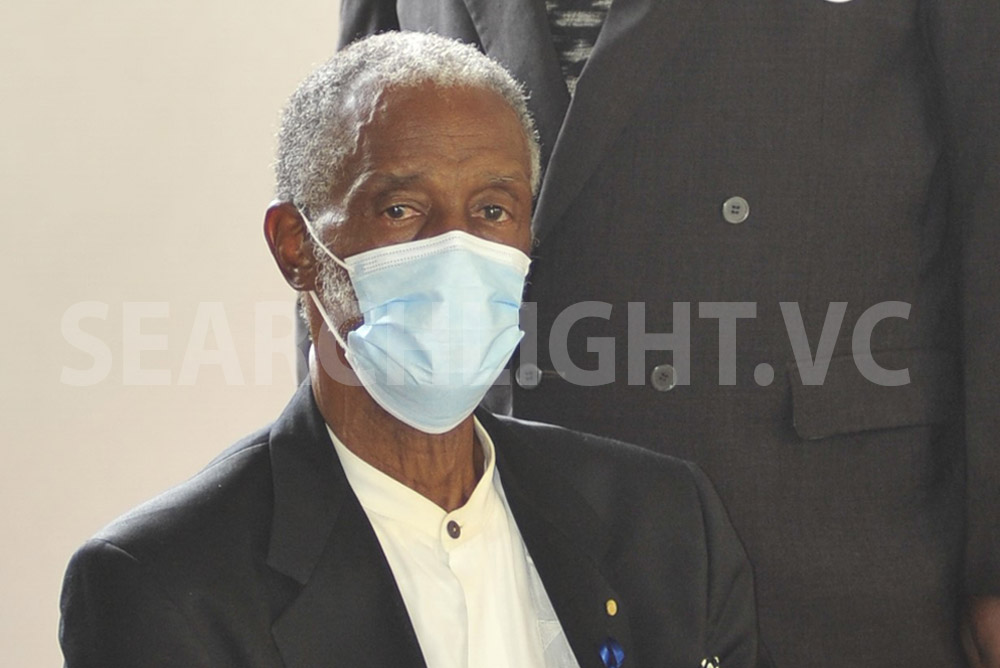How should the results of the CPEA be interpreted?
Tue Jun 17, 2014
The results of the first sitting of the Caribbean Primary Exit Assessment (CPEA) in St Vincent and the Grenadines are in.
Overall, the students appear to have done much better than when the Common Entrance Exam was the method of assessment as they exited the primary school system. Last year, the overall pass rate was 55.74 per cent; this year 78.08, a jump of over 22 per cent.{{more}}
The CPEA consists of an External Assessment and a School-Based Assessment. The External Assessment consists of Multiple Choice Tests in Mathematics, Science and Language Arts and the School-Based Assessment comprises a Project, a Writing Portfolio, a Book Report, as well as Teacher Tests, Pupil Made Tests and Can-Do-Skills exercises in Mathematics, Science, Language Arts and Civics. The Common Entrance did not have a school based assessment component.
This year, 39 schools recorded a pass rate in excess of 80 per cent, which has resulted in much jubilation across the system. And as teachers and headteachers across the primary system celebrate the improved pass rates of their schools, most of them have praised the CPEA as more accurately assessing their students’ ability. Also immediately obvious from the results is the presence of six students from three rural schools among the top 11 students, breaking the stranglehold which some other schools seemed to have had on the top positions.
The increased pass rate could be explained by the fact that since pupils were able to carry up to 40 per cent of their final mark into the exam room, achieving the marks needed to get over the 50 per cent hurdle would not have posed as much difficulty as it did previously.
But just what do these results mean in a practical sense? Can we now assume that 78 per cent of our primary school leavers now have numeracy and literacy levels at the grade six level, whereas only 56 per cent did before? Was there a vast improvement in studentsâ actual performance over the past year, or is it that the Common Entrance Exam did not properly assess them? What does it mean that more rural schools have positioned themselves in the top 10, and others which had dominated the top places in the past have not done so this year? Is it that some schools/teachers grasped the requirements of the CPEA better than others?
There are so many questions, for which perhaps there may not be answers after just one sitting of the CPEA. Despite this, we look forward, in due course, to receiving from the Ministry of Education an analysis of the results to help us understand how they should be interpreted.









